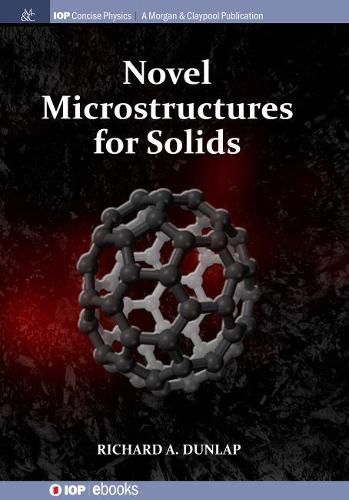Readings Newsletter
Become a Readings Member to make your shopping experience even easier.
Sign in or sign up for free!
You’re not far away from qualifying for FREE standard shipping within Australia
You’ve qualified for FREE standard shipping within Australia
The cart is loading…






This title is printed to order. This book may have been self-published. If so, we cannot guarantee the quality of the content. In the main most books will have gone through the editing process however some may not. We therefore suggest that you be aware of this before ordering this book. If in doubt check either the author or publisher’s details as we are unable to accept any returns unless they are faulty. Please contact us if you have any questions.
For many years, evidence suggested that all solid materials either possessed a periodic crystal structure as proposed by the Braggs or they were amorphous glasses with no long-range order. In the 1970s, Roger Penrose hypothesized structures (Penrose tilings) with long-range order which were not periodic. The existence of a solid phase, known as a quasicrystal, that possessed the structure of a three dimensional Penrose tiling, was demonstrated experimentally in 1984 by Dan Shechtman and colleagues. Shechtman received the 2011 Nobel Prize in Chemistry for his discovery. The discovery and description of quasicrystalline materials provided the first concrete evidence that traditional crystals could be viewed as a subset of a more general category of ordered materials.
This book introduces the diversity of structures that are now known to exist in solids through a consideration of quasicrystals (Part I) and the various structures of elemental carbon (Part II) and through an analysis of their relationship to conventional crystal structures. Both quasicrystals and the various allotropes of carbon are excellent examples of how our understanding of the microstructure of solids has progressed over the years beyond the concepts of traditional crystallography.
$9.00 standard shipping within Australia
FREE standard shipping within Australia for orders over $100.00
Express & International shipping calculated at checkout
This title is printed to order. This book may have been self-published. If so, we cannot guarantee the quality of the content. In the main most books will have gone through the editing process however some may not. We therefore suggest that you be aware of this before ordering this book. If in doubt check either the author or publisher’s details as we are unable to accept any returns unless they are faulty. Please contact us if you have any questions.
For many years, evidence suggested that all solid materials either possessed a periodic crystal structure as proposed by the Braggs or they were amorphous glasses with no long-range order. In the 1970s, Roger Penrose hypothesized structures (Penrose tilings) with long-range order which were not periodic. The existence of a solid phase, known as a quasicrystal, that possessed the structure of a three dimensional Penrose tiling, was demonstrated experimentally in 1984 by Dan Shechtman and colleagues. Shechtman received the 2011 Nobel Prize in Chemistry for his discovery. The discovery and description of quasicrystalline materials provided the first concrete evidence that traditional crystals could be viewed as a subset of a more general category of ordered materials.
This book introduces the diversity of structures that are now known to exist in solids through a consideration of quasicrystals (Part I) and the various structures of elemental carbon (Part II) and through an analysis of their relationship to conventional crystal structures. Both quasicrystals and the various allotropes of carbon are excellent examples of how our understanding of the microstructure of solids has progressed over the years beyond the concepts of traditional crystallography.